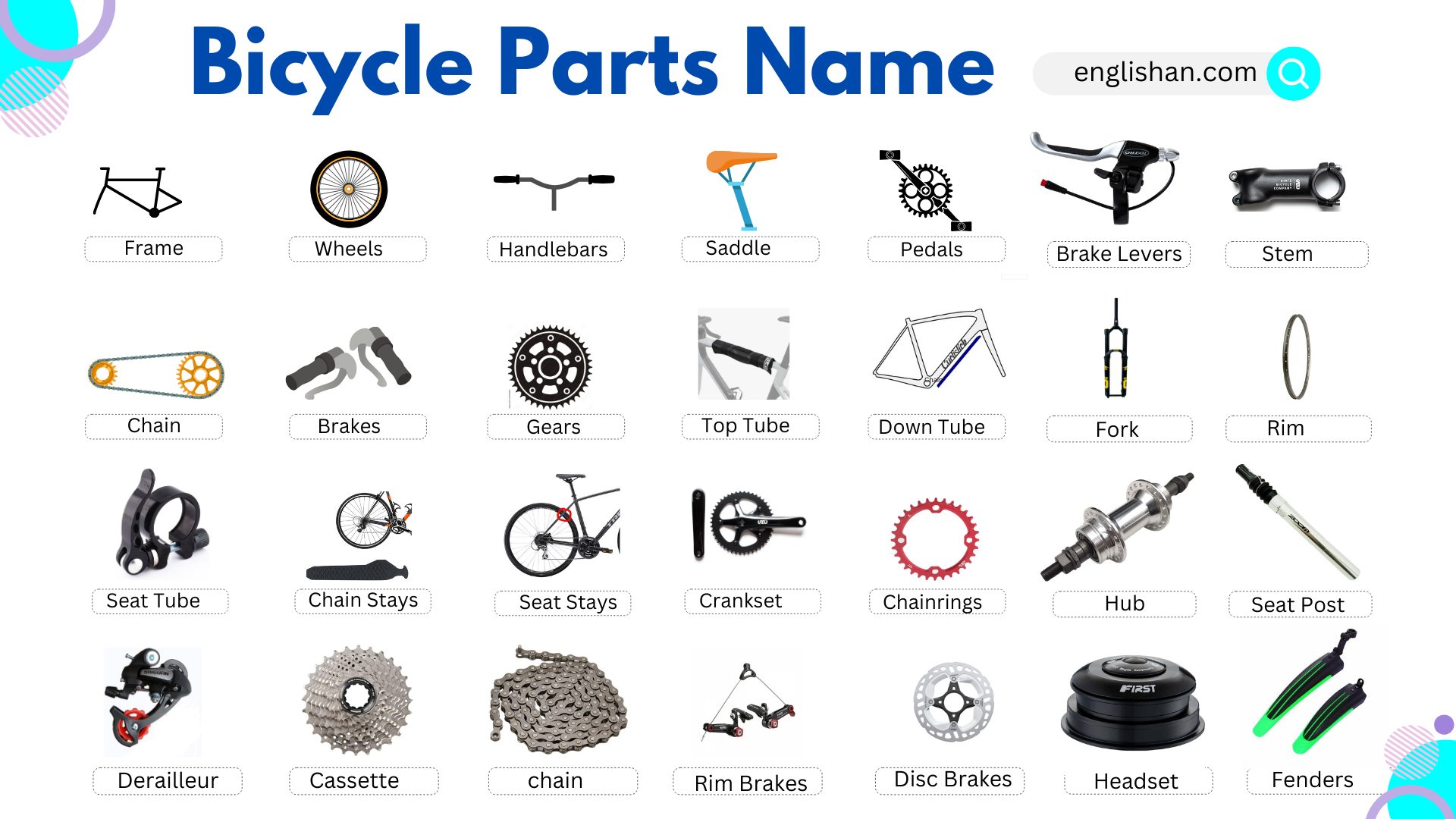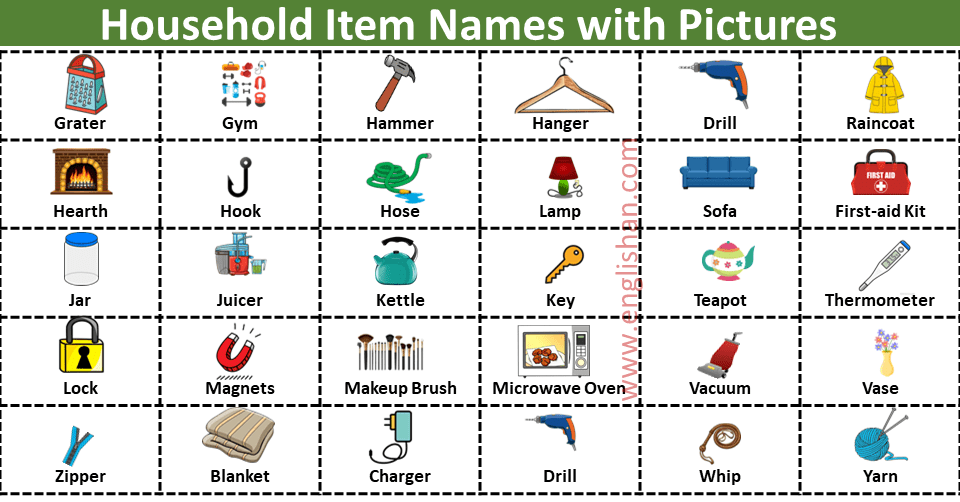Contents
In this blog post, we will help you understand the names of different parts of a thermometer in English. Knowing these terms is useful for medical, scientific, and everyday situations. Learning the correct words will help you communicate clearly and improve your vocabulary. Whether you are studying or working in a related field, mastering these names is important for better understanding and accuracy.
Want to learn more vocabulary? Check out our Vocabulary Category for more topics!
What is a Thermometer?
A thermometer is a straightforward device with an easy-to-read scale used for measuring temperature. It provides a quick and clear indication of how hot or cold something is, using methods like liquid expansion, digital displays, or infrared technology. Thermometers are commonly used in various contexts, from checking body temperature to ensuring proper cooking temperatures in the kitchen.
Parts of Thermometer
A thermometer typically consists of the following main parts:
Types of Thermometers
Here discussed different types of Thermometer are as follows:
Mercury Thermometers
- Traditional thermometers that use mercury to measure temperature.
- Consists of a glass tube with a bulb at one end containing mercury.
- As temperature changes, the mercury expands or contracts, indicating the temperature on a calibrated scale.
Digital Thermometers
- Use electronic sensors to measure temperature.
- Provide a digital display of the temperature.
- Common in medical and industrial applications.
Infrared Thermometers
- Measure temperature without direct contact.
- Detect infrared radiation emitted by an object to determine its temperature.
- Useful in situations where contact is impractical or unsafe.
Bimetallic Strip Thermometers
- Based on the principle of differential expansion of metals.
- Consist of two different metals bonded together, which bend with temperature changes.
- Used in thermostats and industrial applications.
Gas Thermometers
- Use the volume or pressure of a gas to measure temperature.
- Depend on the ideal gas law to establish a relationship between temperature and gas properties.
Liquid-in-Glass Thermometers
- Similar to mercury thermometers but use a different liquid, such as alcohol or colored liquids.
- Suitable for a wide temperature range.
Use of Thermometer
A thermometer is a handy tool used in various ways:
- Health Check:
- It helps us know if we have a fever when feeling unwell. By measuring body temperature, we can gauge our health.
- Safe Cooking:
- In the kitchen, a thermometer ensures food is cooked thoroughly and safely. It helps avoid undercooking or overcooking.
- Weather Information:
- Thermometers provide essential data for weather forecasts, helping us prepare for different conditions.
- Indoor Comfort:
- For home comfort, thermometers assist in maintaining a pleasant indoor temperature, ensuring we stay cozy.
- Public Health Measures:
- In public places, thermometers are used for fever checks, promoting health and safety, especially during contagious outbreaks.
- Scientific Research:
- In laboratories and research, thermometers are crucial for accurate temperature control in experiments and studies.
- Environmental Monitoring:
- Thermometers help monitor temperature changes in natural environments, contributing to environmental studies.
- Industrial Processes:
- Industries use thermometers to regulate temperatures during manufacturing, ensuring product quality.
- Educational Tools:
- Thermometers are educational instruments, teaching students about temperature and thermal concepts.
- Energy Efficiency:
- In HVAC systems, thermometers aid in optimizing energy use for heating and cooling, promoting efficiency.
In essence, a thermometer is a versatile tool that enhances health, safety, comfort, and efficiency in various aspects of our lives.
How to Disinfect a Clinical Thermometer?
Disinfecting a clinical thermometer is crucial for preventing the spread of infections. Here are general guidelines for disinfecting a clinical thermometer before and after use:
Before Use
Wash Your Hands:
- Before handling the thermometer, wash your hands thoroughly with soap and water to minimize the risk of transferring germs.
Check for Disposable Covers:
- If your clinical thermometer uses disposable probe covers, ensure they are intact and ready for use. Replace them if necessary.
Inspect the Thermometer:
- Examine the thermometer for any visible debris or contamination. If present, clean it using a mild detergent and water.
After Use
Turn Off the Thermometer (if applicable):
- If your thermometer has an on/off switch, turn it off before cleaning to avoid accidental activation during the disinfection process.
Clean the Probe:
- Wipe the probe or sensor with a disposable disinfectant wipe or a cotton swab soaked in rubbing alcohol. Ensure that the entire surface is thoroughly cleaned.
Follow Manufacturer’s Instructions:
- Adhere to the specific disinfection guidelines provided by the thermometer’s manufacturer. This may include using a particular disinfectant solution or following a recommended cleaning process.
Allow Sufficient Contact Time:
- If using a disinfectant solution, allow it to stay in contact with the probe for the recommended duration specified by the disinfectant’s instructions.
Air Dry:
- Allow the thermometer to air dry completely. Do not use it until it is dry to avoid diluting or neutralizing the disinfectant.
Dispose of Disposable Covers:
- If you used disposable probe covers, dispose of them properly in accordance with waste disposal guidelines.
Store Properly:
- After disinfection and drying, store the thermometer in a clean and dry storage case or container to prevent contamination.
Additional Tips
Regular Cleaning:
- Perform routine cleaning and disinfection, especially if the thermometer is used by different individuals or for various purposes.
Use Safe Disinfectants:
- Use disinfectants that are safe for the specific type of thermometer and follow any safety recommendations provided by the manufacturer.
Consider UV-C Disinfection:
- Some thermometers may be compatible with UV-C light for disinfection. Follow the manufacturer’s recommendations if this option is available.
By following these guidelines, you can maintain a clean and safe clinical thermometer, reducing the risk of transmitting infections during use. Always prioritize the manufacturer’s recommendations for the specific thermometer model you are using.
Functions of Thermometer
The primary function of a thermometer is to measure temperature. Depending on the type of thermometer, its functions may vary. Here are the key functions of different types of thermometers:
- Temperature Measurement:
- The fundamental function of any thermometer is to measure the temperature of an object, substance, or environment.
- Body Temperature Monitoring:
- In medical thermometers, the main function is to monitor and measure body temperature for health assessment.
- Cooking and Food Safety:
- Thermometers used in kitchens help ensure that food is cooked to the appropriate temperature, promoting food safety and preventing foodborne illnesses.
- Weather Monitoring:
- Thermometers in weather stations measure air temperature, providing crucial data for weather forecasts and climate studies.
- Industrial Processes:
- Thermometers are used in various industries to monitor and control temperature during manufacturing processes, ensuring product quality.
- HVAC Systems:
- In heating, ventilation, and air conditioning (HVAC) systems, thermometers help regulate indoor temperatures for comfort and energy efficiency.
- Environmental Monitoring:
- Thermometers play a role in environmental science by measuring temperature changes in ecosystems, bodies of water, and other natural settings.
- Fever Detection:
- Infrared thermometers are used for fever screening in public places to identify individuals with elevated body temperatures, especially during health crises.
- Scientific Research:
- Thermometers are essential tools in scientific experiments and research, providing accurate temperature control for various studies.
- Educational Purposes:
- Thermometers are used in educational settings to teach students about temperature, heat transfer, and the principles of thermal expansion.
- Industrial Safety:
- In industrial settings, thermometers help ensure safe working conditions by monitoring and controlling temperatures in critical processes.
In summary, thermometers serve a wide range of functions across various fields, contributing to health, safety, comfort, and efficiency in different applications.
Checking a thermometer is an important step to ensure its accuracy and reliability. Here’s a general method for checking the accuracy of a thermometer:
Thermometer Checking Methods
Checking a thermometer is an important step to ensure its accuracy and reliability. Here’s a general method for checking the accuracy of a thermometer:
Checking a Mercury or Liquid-in-Glass Thermometer
Prepare a Container with Ice:
- Fill a container with crushed ice and add a small amount of water. Mix it well to form a slushy ice-water mixture.
Stir the Ice-Water Mixture:
- Stir the ice-water mixture to ensure a consistent temperature throughout. The temperature of this mixture should stabilize at the freezing point of water, which is 0 degrees Celsius (32 degrees Fahrenheit).
Immerse the Thermometer:
- Immerse the thermometer into the ice-water mixture, making sure that the sensing part (bulb) of the thermometer is fully submerged.
Wait for Stabilization:
- Allow the thermometer to stabilize for a few minutes to ensure that it reaches the temperature of the ice-water mixture.
Read the Temperature:
- Check the temperature on the thermometer. It should be very close to 0 degrees Celsius (32 degrees Fahrenheit). If there’s a discrepancy, note the difference.
Calibration (if Necessary):
- Some thermometers may have a calibration adjustment. If there’s a significant difference, follow the manufacturer’s instructions to adjust or calibrate the thermometer.
Checking a Digital Thermometer
Prepare Ice-Water Mixture:
- Follow steps 1 and 2 from the method for liquid-in-glass thermometers.
Turn On the Thermometer:
- Turn on the digital thermometer and ensure it’s set to measure in Celsius or Fahrenheit, depending on your preference.
Immerse the Probe:
- Insert the probe of the digital thermometer into the ice-water mixture, making sure it’s fully submerged.
Wait for Stabilization:
- Allow the digital thermometer to stabilize for a few minutes, ensuring it reaches the temperature of the ice-water mixture.
Read the Temperature:
- Check the temperature reading on the digital display. It should be very close to 0 degrees Celsius (32 degrees Fahrenheit). Note any discrepancy.
Calibration (if Necessary):
- Some digital thermometers may allow for calibration adjustments. If needed, refer to the manufacturer’s instructions to calibrate the thermometer.
Regularly checking and calibrating thermometers help ensure accurate temperature readings, especially in critical applications such as medical or food safety. Always follow the manufacturer’s guidelines for calibration if adjustments are needed.
Importance of Thermometer
The thermometer plays a crucial role in various aspects of daily life, industries, and scientific endeavors. Here are some key points highlighting the importance of thermometers:
Checking Our Health:
- Thermometers help us check if we have a fever when we’re feeling sick. This helps doctors know how to help us get better.
Safe Cooking:
- In the kitchen, thermometers make sure our food is cooked just right, so it’s safe to eat and won’t make us sick.
Knowing the Weather:
- For weather forecasts, thermometers measure how hot or cold it is outside. This helps us know what kind of weather to expect.
Making Things:
- In factories, thermometers help make things like toys or clothes by keeping the machines at the right temperature. This ensures the things we buy are good quality.
Staying Comfortable:
- Inside our homes, thermometers help us stay comfortable by making sure it’s not too hot or too cold. They work with our heaters or air conditioners.
Checking Cars:
- In our cars, thermometers help keep the engine from getting too hot, making sure our cars work well and are safe to drive.
Learning in School:
- In school, teachers use thermometers to teach us about temperature and how things get hot or cold.
Keeping Us Safe:
- In public places, thermometers can check if someone has a fever, helping keep everyone safe by catching illnesses early.
So, thermometers are helpful tools that make sure things are the right temperature, keeping us healthy, safe, and comfortable.
Quiz:
- What is the freezing point of water?
- A) 0 degrees Celsius
- B) 100 degrees Celsius
- Which type of thermometer is commonly used for fever checks?
- A) Digital
- B) Infrared
- In the kitchen, a thermometer helps ensure:
- A) Food safety
- B) Clean dishes
- What do weather stations use thermometers to measure?
- A) Air temperature
- B) Wind speed
- Which thermometer type uses mercury for temperature measurement?
- A) Digital
- B) Liquid-in-glass
- Thermometers in cars monitor the temperature to prevent:
- A) Overheating
- B) Low fuel levels
- What is the main function of a thermometer in industrial processes?
- A) Monitor and control temperatures
- B) Measure humidity
- In a laboratory, thermometers are essential for:
- A) Cooking experiments
- B) Temperature control in experiments
- What does a rising column of mercury in a thermometer indicate?
- A) Increased temperature
- B) Decreased temperature
- Which thermometer type is commonly used in weather forecasting?
- A) Digital
- B) Mercury
- Why are thermometers important in food kitchens?
- A) To measure humidity
- B) To ensure safe cooking temperatures
- What do infrared thermometers measure?
- A) Distance
- B) Temperature without contact
- Where do you typically find a digital thermometer display?
- A) On the moon
- B) On the thermometer itself
- What role do thermometers play in public health during a health crisis?
- A) Monitoring air quality
- B) Screening for fevers
- What is the purpose of checking a thermometer in an ice-water mixture?
- A) To make it colder
- B) To verify its accuracy
Answers:
FAQs:
The bulb contains a temperature-sensitive substance (such as mercury or alcohol) that expands or contracts with temperature changes, allowing measurement.
The capillary tube connects the bulb to the scale, allowing the liquid to expand or contract based on temperature changes and indicating the temperature.
The scale provides calibrated markings or numbers for interpreting temperature readings accurately.
The stem or body holds the capillary tube and connects to the scale, providing structure and making the thermometer easy to handle.
Markings or lines represent specific temperature values, aiding users in reading and interpreting temperature measurements.
An expansion chamber accommodates changes in the volume of the liquid or sensor due to temperature variations, preventing damage to the thermometer.
Some thermometers allow calibration adjustments to ensure accurate readings. Users can fine-tune the thermometer if needed.
The display window shows the temperature reading, making it easy for users to interpret the measurement.
You May Also Like







